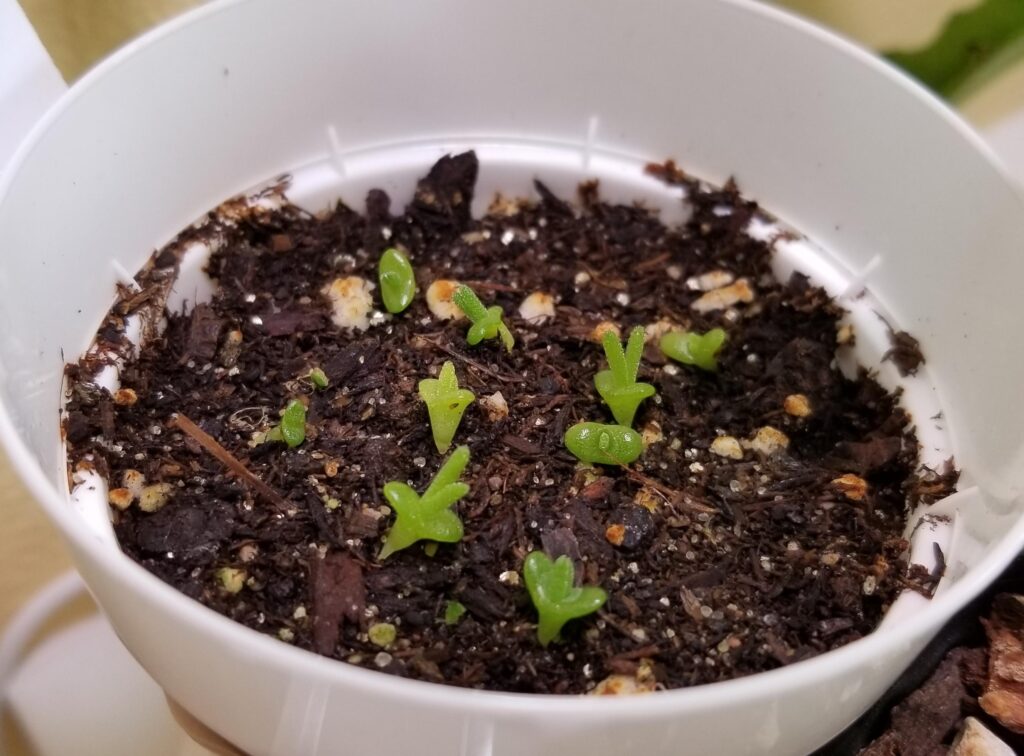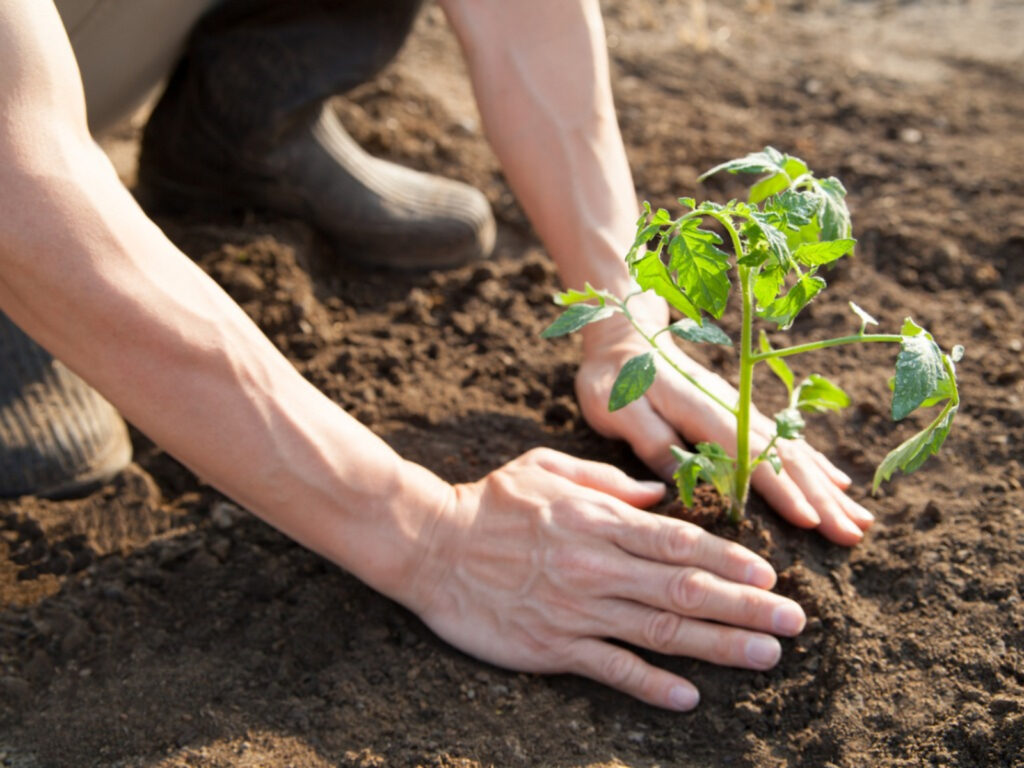
As you would have learned in your grade school biology class, plants take their nutrients from the soil. This makes soil an integral part of plant growth and development.
However, have you ever tried to give gardening a shot just to take up a new hobby? Or have you been unable to grow any plants? One probable cause for plants you tried growing died before they could sprout could be because of the high acidity in the soil. Continue reading to find out how to lower pH in soil with vinegar.
According to experts, most plants need a soil pH level between 6 and 7. However, sometimes it can be too much or too less for the plant you want to grow, consequently making the soil too acidic or having very high alkaline levels.
Luckily you can change the pH level of soil using an ingredient commonly found in most homes. Some acid-loving plants grow best in low pH conditions. If you want to grow blue hydrangea in your garden but the natural soil in your area has a high pH, you can lower it yourself using vinegar.
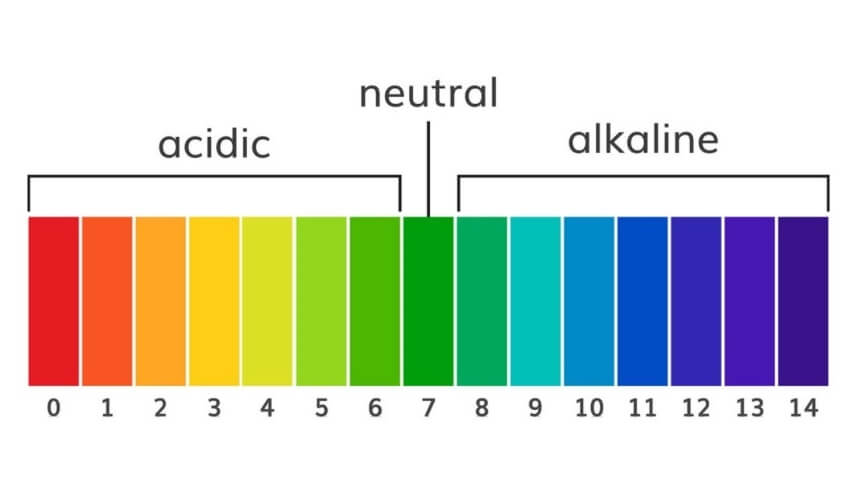
The pH level of water is 7 because it is a neutral substance. Highly basic substances include bleach, with an average pH of around 12.5, while highly acidic substances, like lemon juice, have a pH as low as 2.
The difference between each pH value is 10-fold, so a substance with the pH level of 3 will be 10 times more acidic than a substance with a pH level of 4. Therefore, a little difference in the pH of the soil can have a great impact on the growth of your plants, which makes measuring soil pH an essential task. An unfit soil pH can be hazardous for plant growth because it restricts the functioning of nitrogen-producing bacteria that are important for plant growth.
Most plants thrive in slightly acidic soil that ranges from 6 to 7 on the pH scale. You need to monitor and regulate the soil pH before you can grow plants that require higher acidity to bloom.
Monitoring the pH level of the soil is simple and can be done on your own. All you need is a soil pH test kit that detects the pH level of your soil before you start gardening your favorite plants, veggies, and flowers.
It is safe to find the best soil pH tester in order to get accurate results. You can also get a soil tester that detects not just the pH level, but also other things like the moisture content. If you are looking for a good quality soil pH tester, the Sonkir Soil pH Meter remains a well-reputed option, liked by several experts.
According to experts at the University of Vermont Trusted Source pH for the Garden Soil pH is the measure of the acidity (sourness) or alkalinity (sweetness) of a soil. A simple numerical scale is used to express pH. The scale goes from 0.0 To 14.0, with 0.0 being most acid, and 14.0 being most alkaline. The value, 7.0 is neutral–i.e., neither acid or alkaline. pss.uvm.edu , the optimum level of soil pH preferred by most plants ranges from slightly acidic to neutral levels. Levels of 5.5 to 7 are the most common pH levels of plant growth. However, some plants prefer more acidic or basic soil pH to grow in the best conditions.
Most carnivorous plants are acid-loving, along with others such as hydrangea, camellias, and pine trees. Some scrubs, as well as blueberries also prefer acid soil conditions. Some types of plants that grow best in basic soil conditions may include honeysuckles, lavender, and lily of the valley.
There are a couple of ways to test the pH level of your soil before making any new changes or additions to your garden.
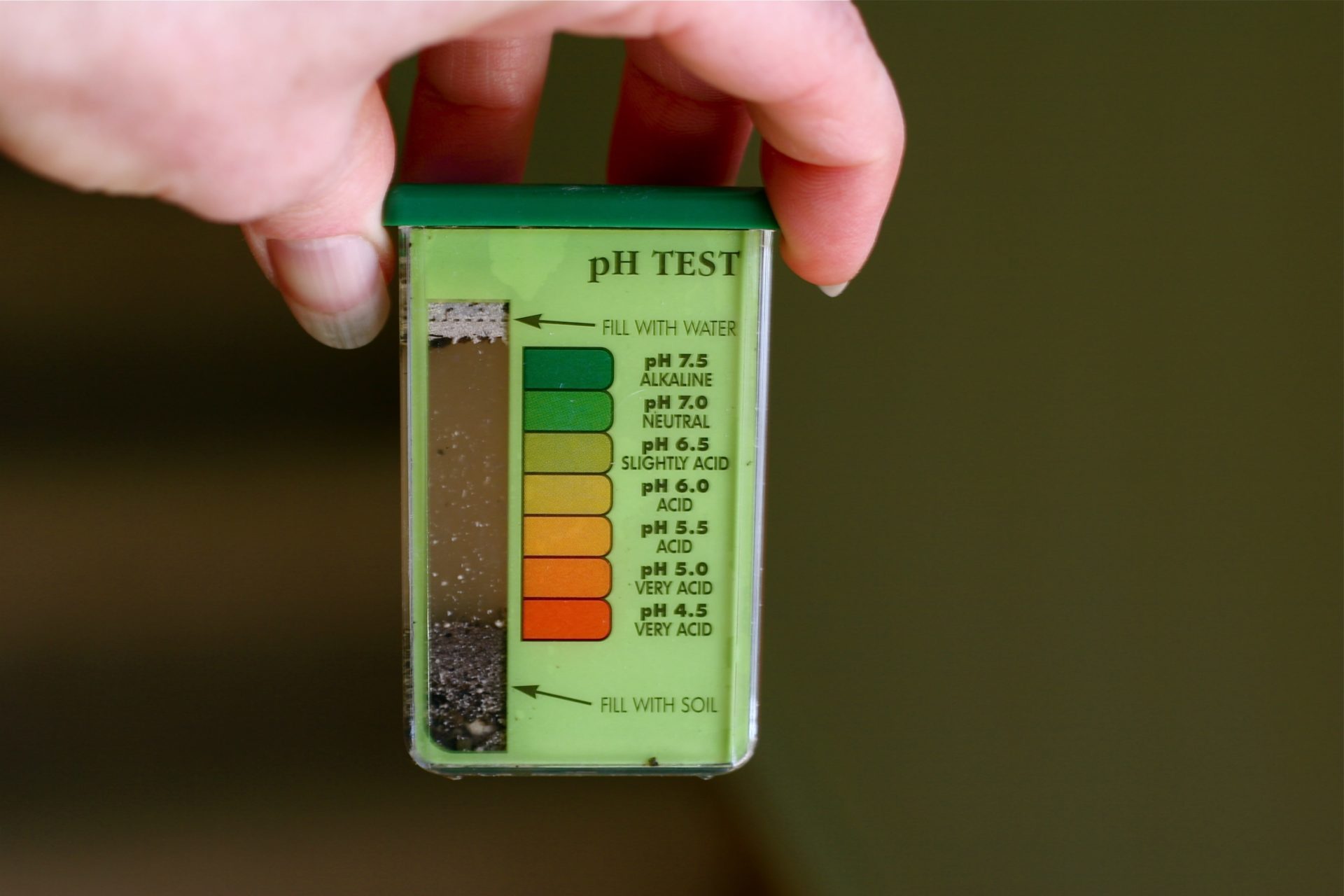
Some pH test kits come with a liquid solution that changes colors to indicate the level of acidity or basicity. For accurate results, it is best to take soil samples from different areas of the garden and test their pH level together because the soil in your garden is not identical everywhere.
Dig some half-feet deep holes around the area you want to test and mix the samples in a pot. A pH probe can give you a pH value right away.
Add equal amounts of distilled water in the soil sample mix and create a muddy mixture. Wait for a few minutes for the mixture to settle before inserting the pH probe. The probe will display the results in a few minutes.
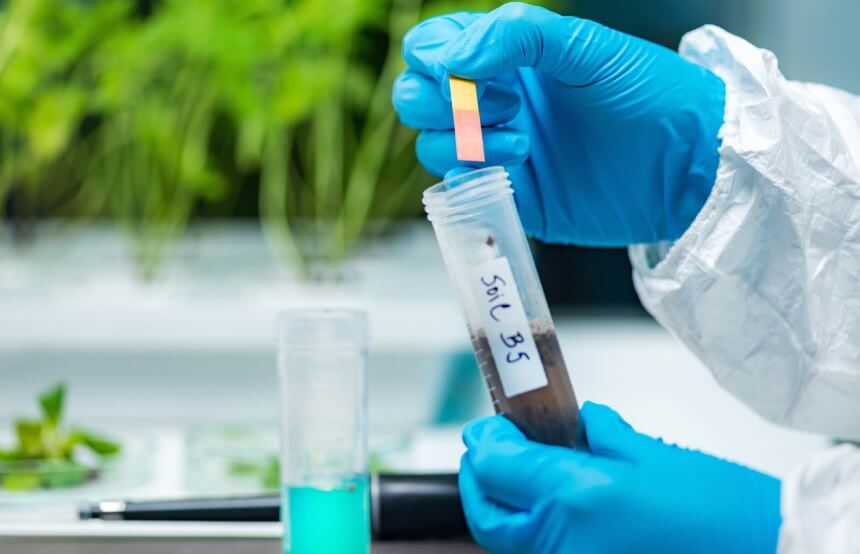
There is a chart that tells you what a particular color or spectrum of color indicates in terms of pH levels.
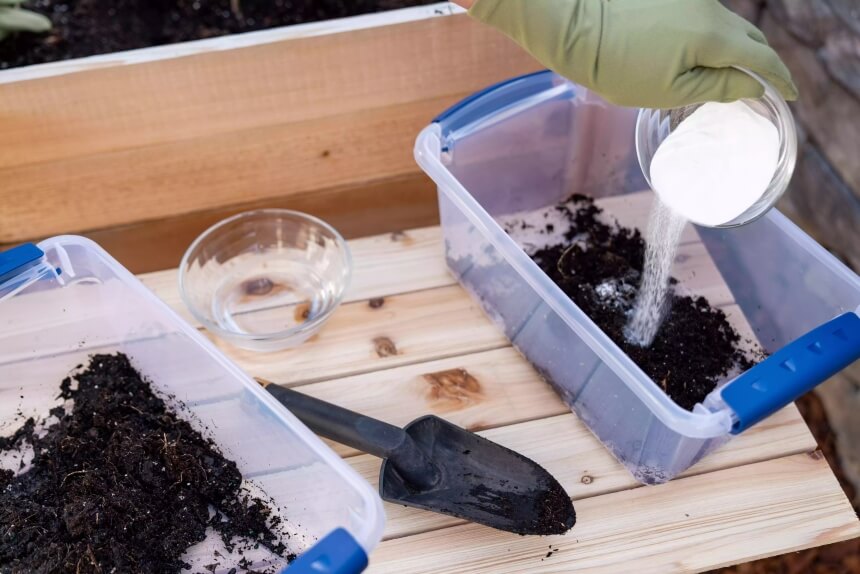
Take the soil sample and distilled water solution and divide it into two different containers. Add half cup baking soda to one container and half cup vinegar in the other container of soil mixture. If the vinegar container starts to fizzle first, the soil is alkaline and if the baking soda container reacts first, then your soil is acidic.
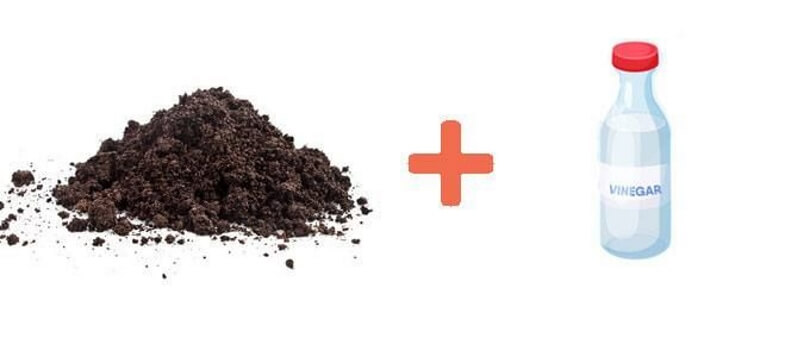
The following steps will tell you how to lower pH in soil with white vinegar:
There are some other ways to chemically lower the pH level of soil. You can use a pH control solution. For this, you will require a pH control kit. The General Hydroponics pH Control Kit is a reliable option that comes with a solution to lower pH. It also has other solutions to increase the pH and a liquid pH tester with a tube.
Using vinegar for lower soil pH levels is absolutely safe for the plants. It is a safe, quick and cost-effective method to increase soil acidity. However, this technique might not be the most long-lasting approach. You can consider chemicals that come with pH kits to lower the soil pH more effectively.
As we have learned, the type and pH of soil is extremely important when it comes to plant growth. It’s also important to understand the balancing of the pH level according to the plant you want to grow. Now that you know how to lower pH in soil with vinegar, you will never be reliant on others to check your soil. You can start growing new plants on your own.
We hope you found this guide useful and are able to lower the pH of your soil perfectly. Let us know how it goes and feel free to share any exciting insights that you may have.



